
Ryan Burns, an information technology (IT) manager at Texas A&M University, leads a support team of 60 student workers and six full-time professionals dedicated to supporting technology at the Zachry Engineering Education Complex (ZACH). Here he shares ten ways tech at the ZACH is evolving to increase collaboration and innovation for students, faculty and staff.
We live in a digital age. The ZACH was built with the intention of enhancing collaboration, innovation and community among digital natives.
1. Cell signal amplifiers

Large buildings can kill cell reception, so small, cone-shaped cell-signal amplifiers are being installed throughout the building. Burns and his team are currently working with each provider to make sure digital natives can stay in touch through their devices.
2. White Noise Machines
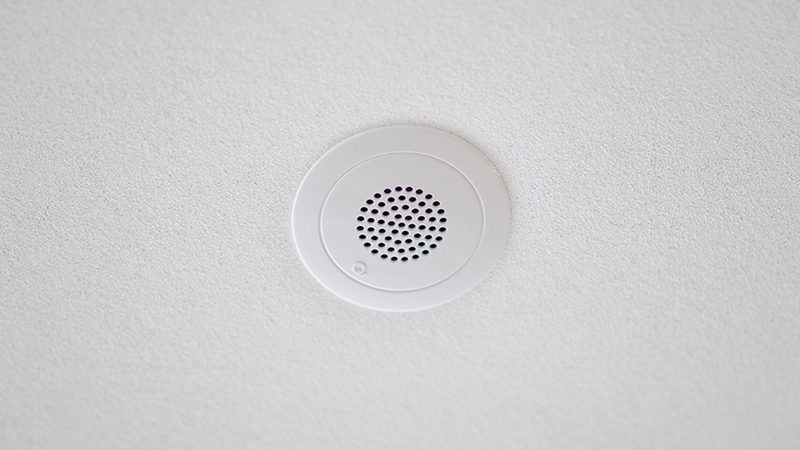
Open office plans can increase collaboration, but they can also increase noise. Offices in the ZACH have little boxes that create a seamless white noise, similar to a gentle fan blowing, that reduces “noise overflow.” Facilities professionals access and adjust the boxes remotely throughout the day to ensure they’re helpful and unobtrusive.
3. The beaconing system
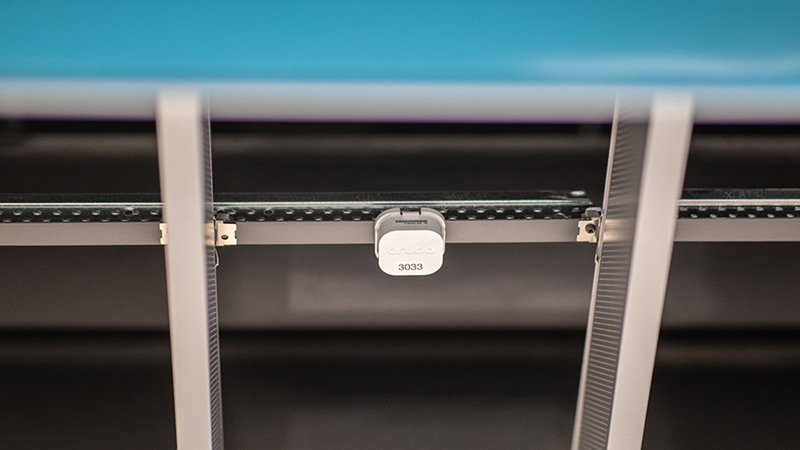
The beaconing system is connected to the wireless network to support wayfinding in the building and may one day help guide drone tours for visitors. There are over 600 beacons in the ZACH.
4. Autonomous occupancy sensors
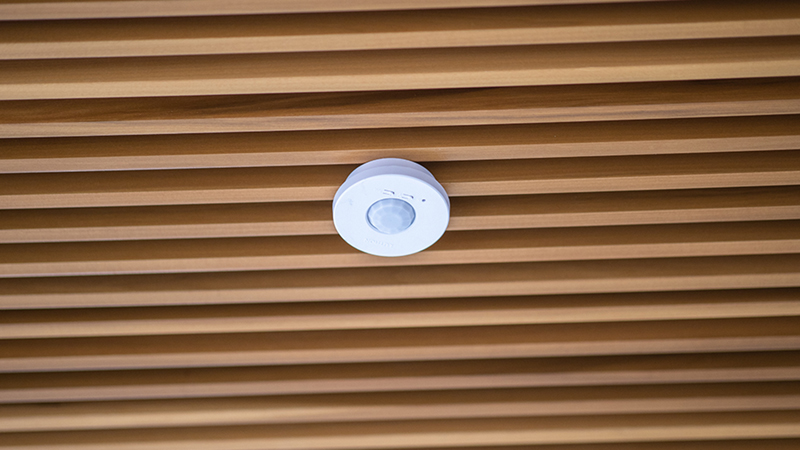
Autonomous occupancy sensors control the lights, air conditioning and even outlets. Even though the Zachry building is the size of two Boeing 747s end to end, the sensors help save on energy and reduce the overall carbon footprint.
5. Kiosks
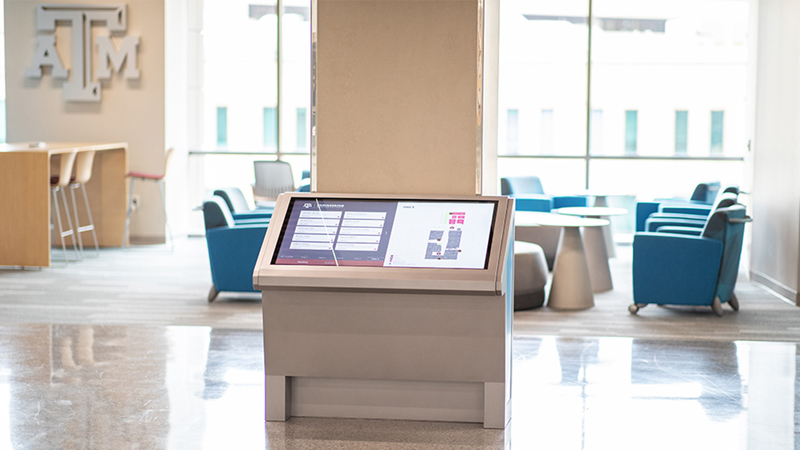
Thirteen new kiosks in the hallways are helping students and visitors navigate the building. The kiosks help users find an event or a specific advisor by providing a list of directions and a digital walkthrough illustrating how to get there. If you get lost along the way, just check another kiosk or try the building’s app, EnginearMe! Additional kiosks in the interdisciplinary common labs use keyware software to check out equipment efficiently.
6. Independent classroom networking
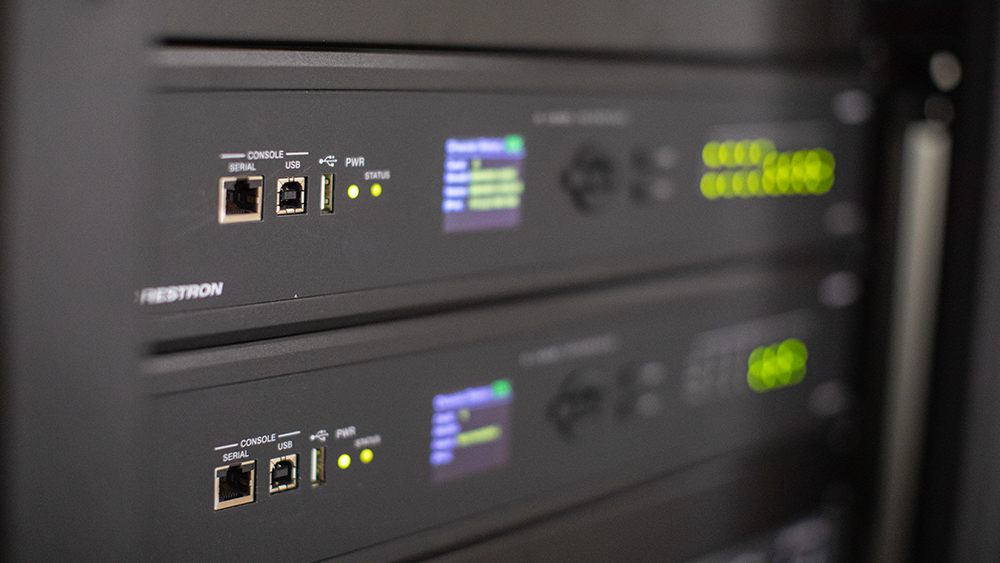
Each classroom has their own independent network and audio-visual closet to power the extensive collaborative environment. It also means that if the building network goes down, class will still continue as planned.
7. The 1,097 screens

Digital signage broadcasts engineering news on screens throughout the building, allowing students to have a more interactive media experience and increase involvement.
The learning studios have technology worktables with wireless connectivity and multidevice sharing screens. Digital screens can come out of the worktable and can go down, allowing the student to customize their learning experience. The college is using T1V’s ThinkHub Connect solution. Using wall-mounted, large-format touch screens, ThinkHub allows the instructor to operate on an effective work space that is 20 times the size of the actual screen. Content can be created and moved “off screen” to be brought back later in the class as needed, eliminating the need to constantly erase material to free up space on the live display. The system allows content to be added from multiple sources like laptops, document cameras, web-based video sources and content from the student worktable displays. Wireless connections keep IT informed of each table’s technology status, reducing possible downtime.Our learning studios were designed with an eye not only for current needs, but the needs of the future as more technology becomes Wi-Fi enabled.
8. The digital alcove
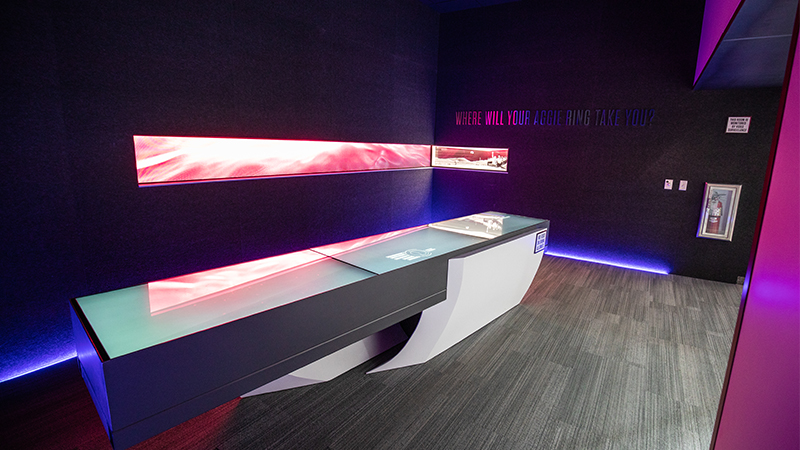
The digital alcove inspires wonder about engineering to visitors. It features an interactive, large table touch screen that displays information about the art collection, former students, engineering majors and building donors.
9. A plethora of chargers

Texas A&M engineering students carry on average three devices each. 4,000 devices are connected to the Zachry building during peak usage. That’s why the ZACH has so many chargers throughout the building, including outlets on the furniture and stairs. There’s even phone charging boxes in the rooftop garden. “If you come here at 10 p.m.,” said Burns, “there’s tons of students studying. Between work and school and studying, students need a place to recharge their devices and themselves.”
10. Beam smoke detectors

Beam smoke detectors that utilize light obstruction technology to detect smoke are located in multiple places over the ZACH learning stairs to provide a layered grid of smoke detection.
One of these is the Fireray® 5000, a motorized, reflective, auto-aligning infrared optical beam smoke detector. The second is the Open-area Smoke Imaging Detection, which uses a complementary metal oxide semiconductor sensor with wired or battery-powered emitter(s) aligned on the opposite wall within the protected area that sends both infrared and ultraviolet coded light signals to the imager. All of these devices are monitored and controlled by the Siemens FireFinder XLS systems fire alarm panel. When a fire is detected anywhere in the building, the panel is instantly alerted. In less time than it takes to draw a single breath, alarms are activated and emergency control operations are engaged, including fire door closure, elevator capture and air handler shut-off.
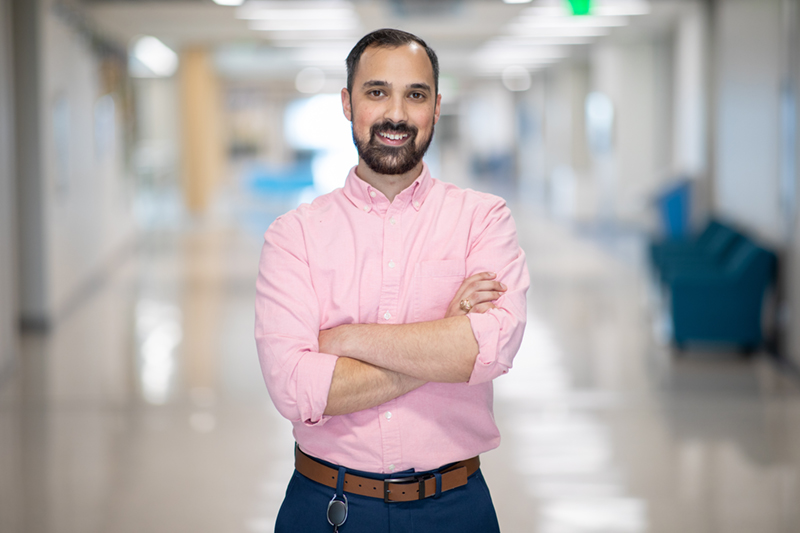
The ZACH tech team is currently working on further developing the mobile app and supporting augmented reality research for faculty. “Developing tech at the ZACH is a blast,” said Burns. “The students are very curious. They investigate everything. We see them following the wires, and a lot come by the service desk and ask us how the classroom works. The student response has been exceptional.”